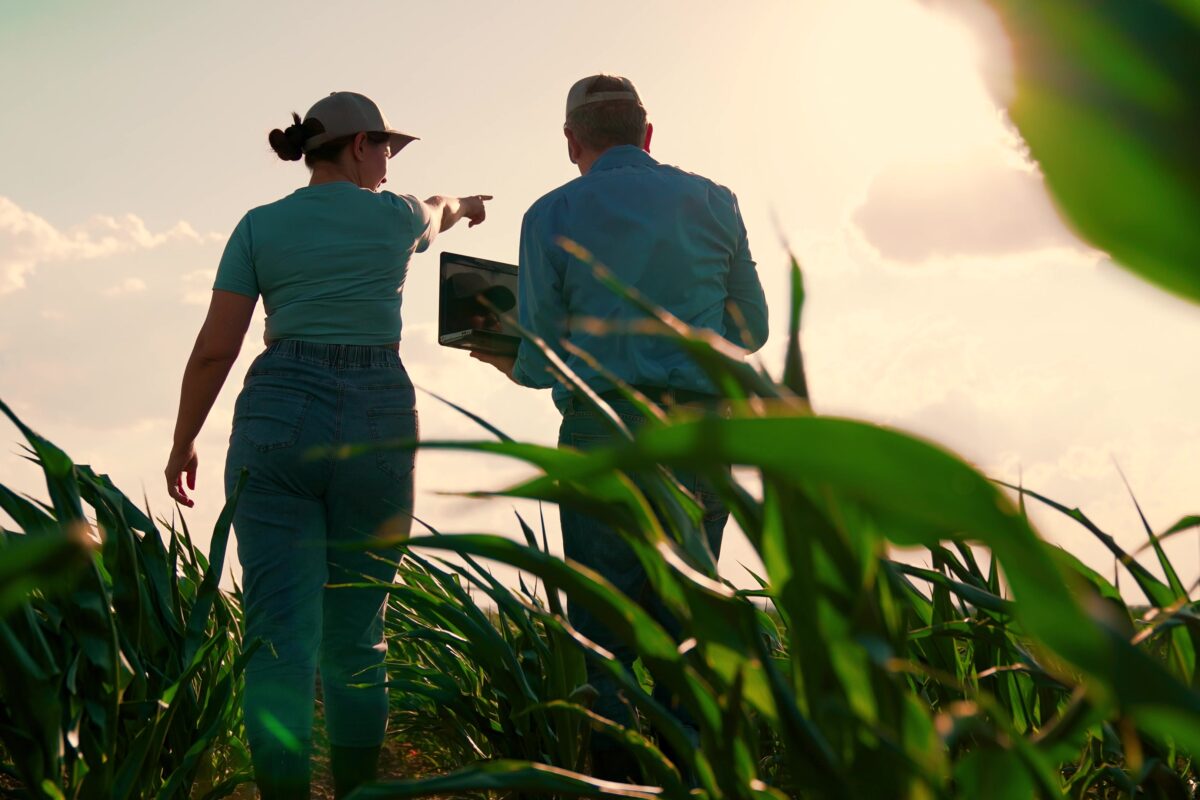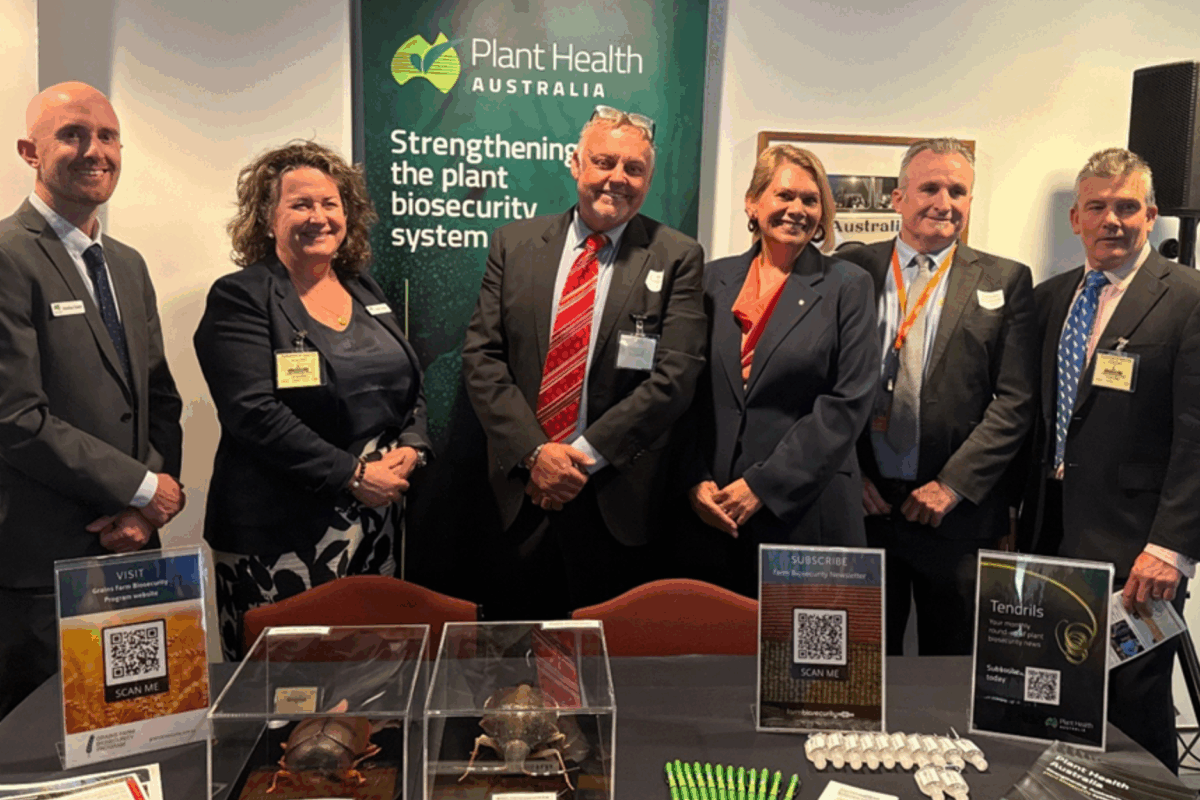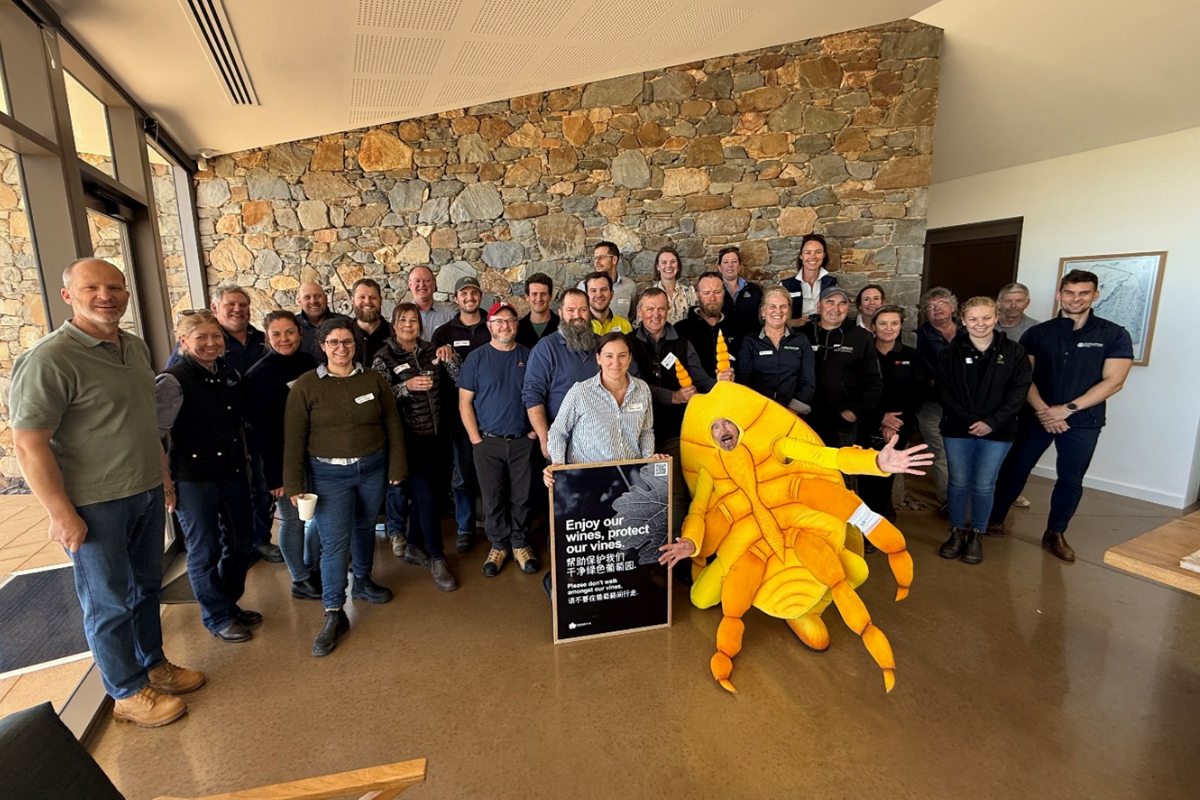Message from the CEO
This month marks a major milestone for Australia’s plant biosecurity system. On 26 October 2025, the Emergency Plant Pest Response Deed (EPPRD) turns 20. When it came into effect in 2005, it set a global benchmark for how government and industry can work together to manage plant pest responses. Two decades later, it remains the foundation of Australia’s national response framework, built on trust, shared responsibility and decision-making and coordinated action.
Since its inception, the EPPRD has supported 23 cost-shared responses and helped strengthen preparedness across the country, serving as a powerful reminder of what can be achieved when we combine effort, knowledge and commitment. I’d like to thank every Signatory who continues to uphold the spirit of the Deed and contribute to its success.
This milestone also provides a moment to look ahead with consultation currently underway to shape the potential future application of the Deed across the biosecurity continuum, with insights and lessons learnt from international models such as New Zealand’s approach. Our shared goal remains clear: a connected, well-resourced and future-ready biosecurity system.
We’ve also recently released the new Red Imported Fire Ant (RIFA) Quick Guide, developed with national experts to help industries recognise, report and respond to detections and is designed to assist broadacre cropping areas with preparedness efforts. It’s a clear, practical resource that translates technical knowledge into usable actions for growers, agronomists and contractors, and a great example of how collaboration turns expertise into impact.
It’s been encouraging to see good news stories with South Australia recently declaring freedom from tomato brown rugose fruit virus (ToBRFV) after extensive testing. This result reflects strong coordination between government, industry and researchers, and shows how biosecurity measures combined with fast, transparent communication can protect confidence and support trade and market access.
Meanwhile, response efforts are ongoing following the detection of Potato mop-top virus (PMTV) in Tasmania (TAS), the management of Polyphagous shot-hole borer (PSHB) in Western Australia (WA), and the near-border detection of Khapra beetle. Each case underscores both the complexity and resilience of our biosecurity system. In TAS, government and industry continue to collaborate closely to manage PMTV, including reviewing domestic trade access and testing requirements. In WA, containment efforts for PSHB remain focused within the quarantine zone to minimise its impact on Perth’s urban tree canopy. With regards to Khapra beetle, the Commonwealth Government is undertaking further data analysis, tracing, and site inspections to maintain Australia’s status as free from Khapra beetle. Through these response activities, it is evident that national coordination and community vigilance have once again proven vital to early detection and effective response.
Earlier this month, I joined the Northern Australia Biosecurity Round Table in Cairns, which is always a valuable opportunity to share insights and strengthen partnerships. I also visited James Cook University’s molecular laboratory, where I was impressed by the research and diagnostic capability supporting tropical biosecurity. The expertise and enthusiasm within that team are exceptional and reflect the innovation we’re seeing across the system.
This week, I had the pleasure of attending two key events celebrating leadership and collaboration in Australian agriculture. The Parliamentary Friends of Primary Producers’ Grains Showcase at Parliament House on Monday 27 October highlighted the contribution of the grains sector and the power of partnership between research, industry and government. On Tuesday 28 October, I attended the AgriFutures Rural Women’s Awards, to celebrate the outstanding achievements of women driving innovation and growth across regional agricultural communities. Congratulations to the National winner, Carol Mudford, founder of sHedway, and National Runner Up, Isabella Thrupp for her project Prinking in Pindan. Well done to all of the finalists for their hard work and commitment to making a positive impact on agriculture and their communities.
At a strategic level, the PHA team continues to contribute to discussions around cross-sectoral biosecurity models and cost-sharing for preparedness. Preparedness is a collaborative effort, and as we explore new frameworks, it’s important to balance public benefit and private responsibility, while ensuring funding models remain sustainable and equitable.
I’m also pleased to welcome Simon Morgan, PHA’s new National Manager, Digital Systems. Simon is a seasoned information systems manager with more than 25 years’ experience spanning IT leadership, environmental data management and international program coordination. Simon brings deep technical expertise in software development, cybersecurity and cloud infrastructure, alongside strategic leadership in digital transformation and data governance. We’re thrilled to have him on board.
Finally, I look forward to welcoming Members to PHA’s Member meetings in Canberra from 24–26 November. These meetings are an important opportunity to share updates, exchange ideas and strengthen the partnerships that make our system work. The program and registration details have been circulated, and the formal Notice of Meeting will be distributed in early November. I encourage everyone to register early.
As we mark 20 years of the EPPRD and reflect on the efforts and achievements across our biosecurity system this month, it’s clear that collaboration remains our greatest strength. Looking ahead, we have an opportunity to build on this legacy—by enhancing the Deed, strengthening digital capability, and refining preparedness frameworks that balance public benefit with shared responsibility. Through our commitment to collaboration and partnerships, PHA are well-positioned to meet emerging challenges and continue to safeguard Australia’s plant biosecurity system into the future.
Regards,
Sarah Corcoran





